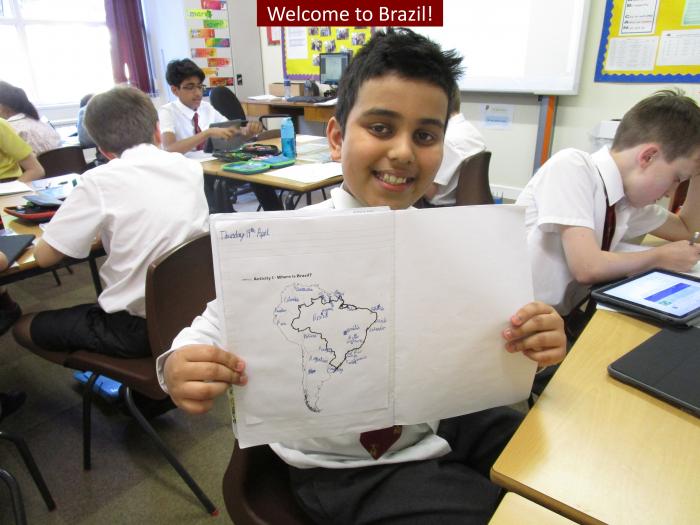
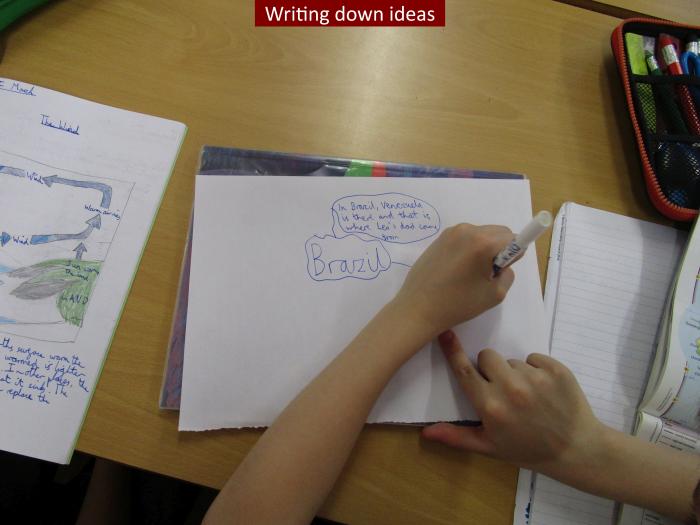
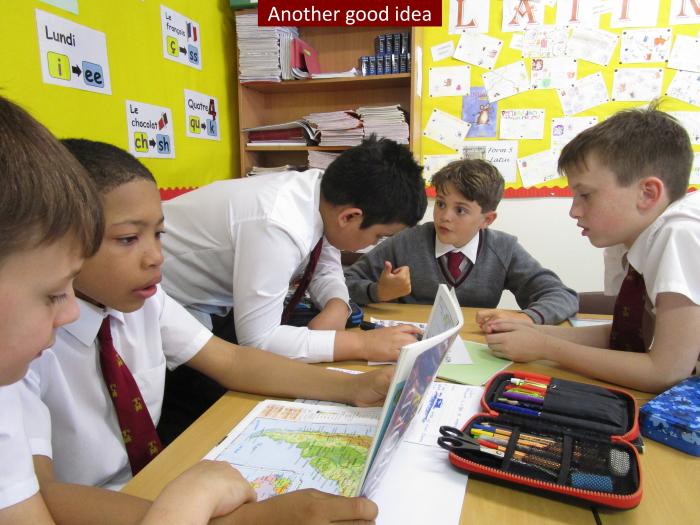
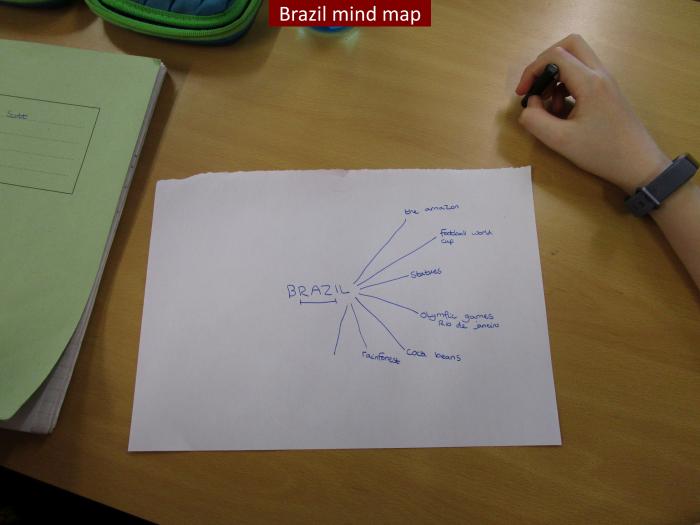
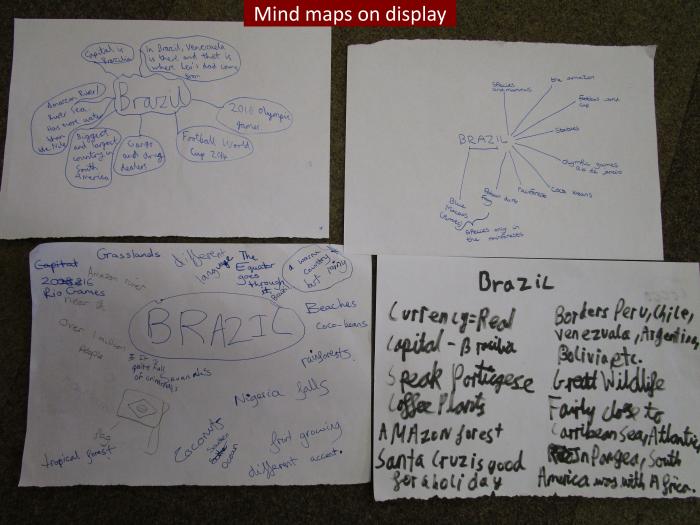
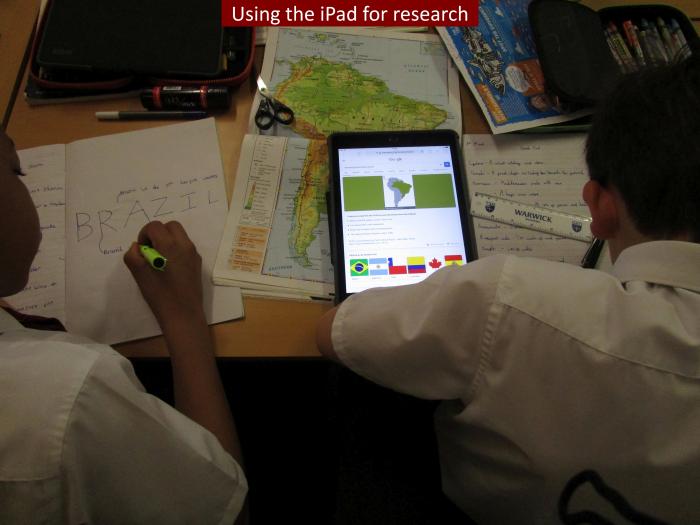
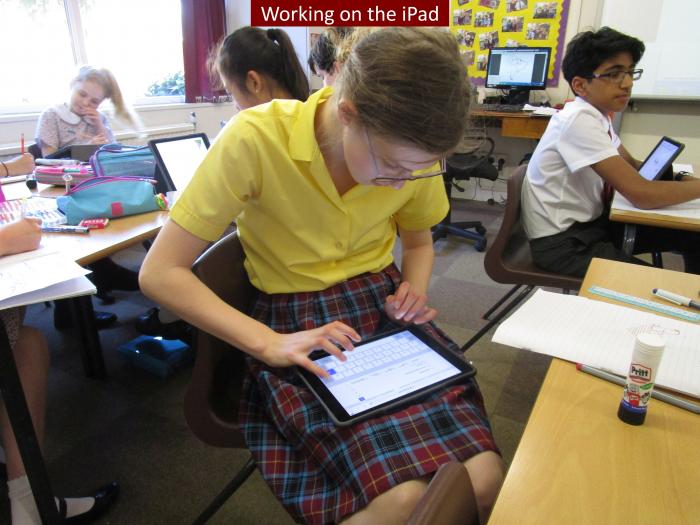
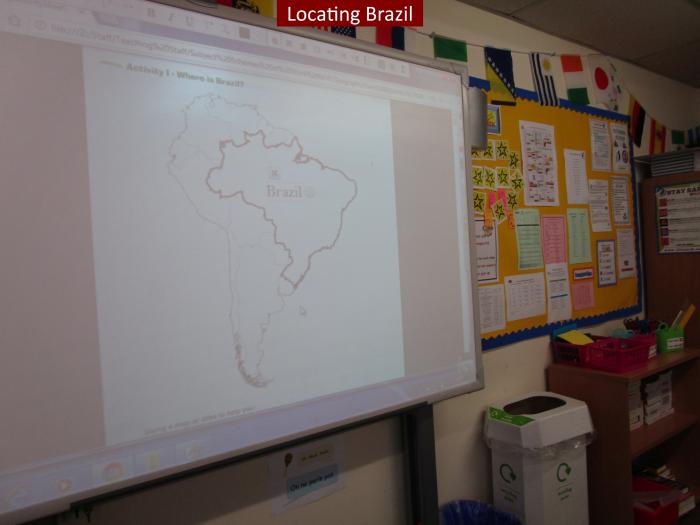
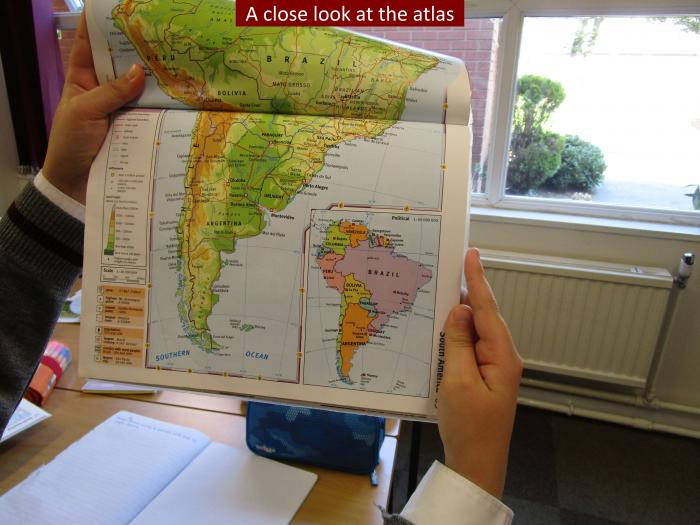
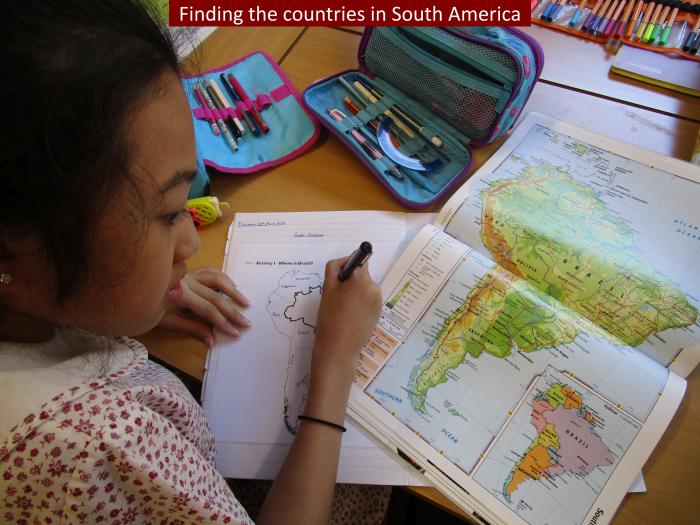
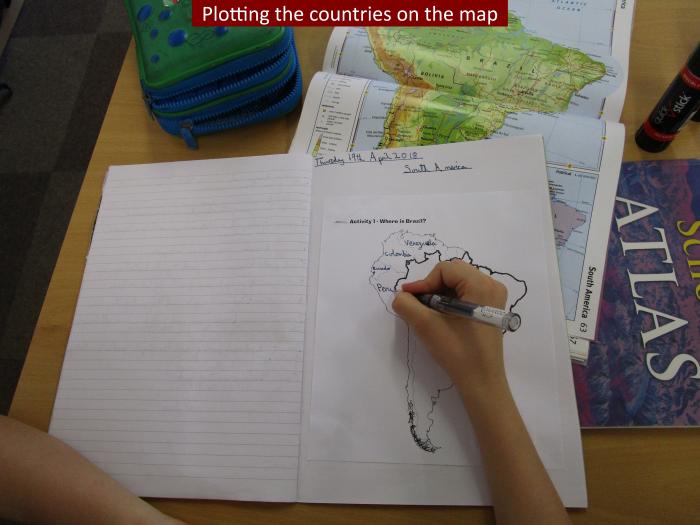
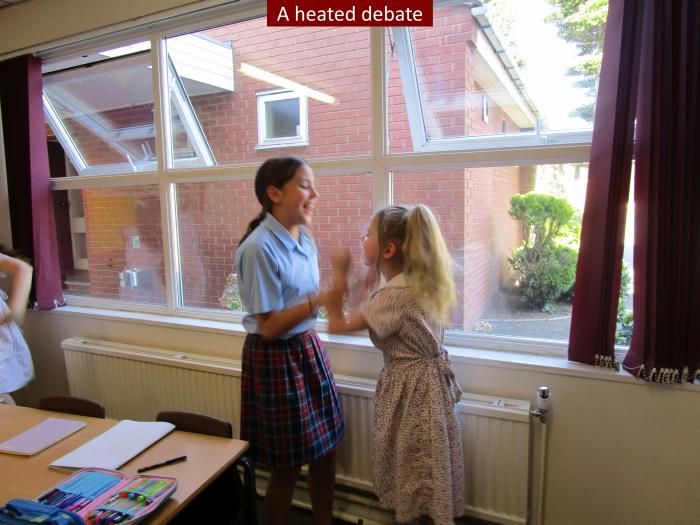
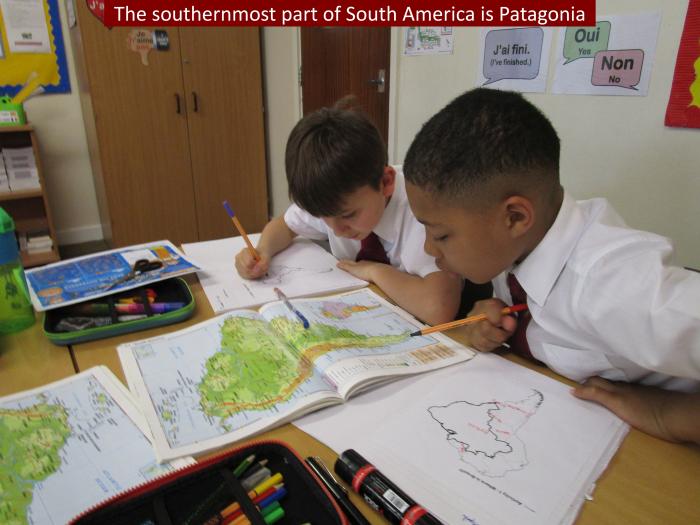
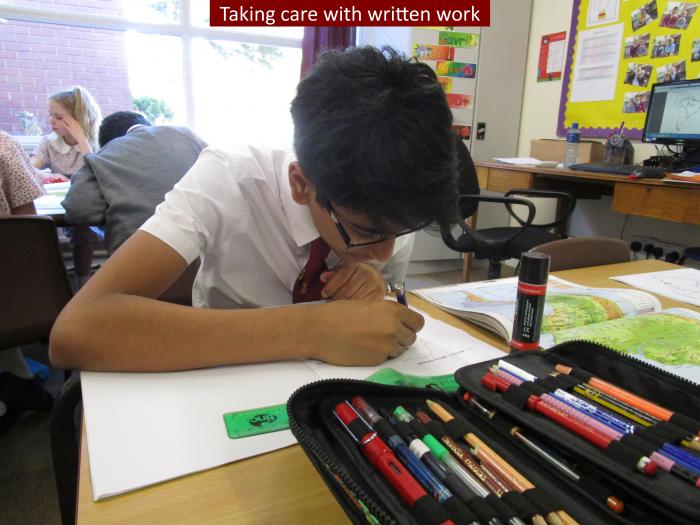
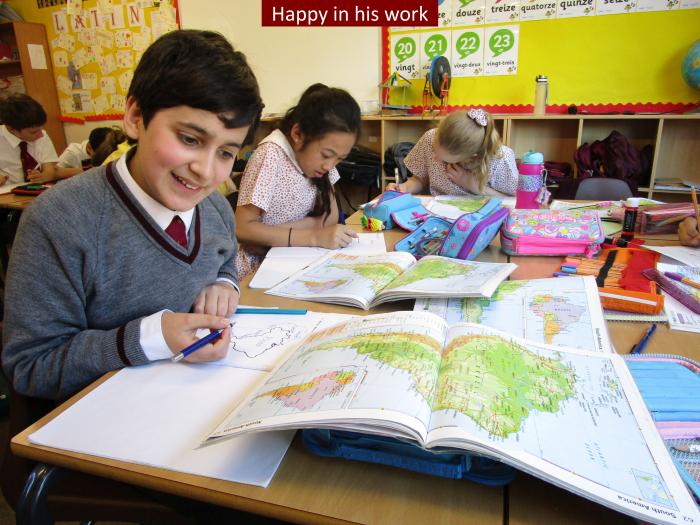
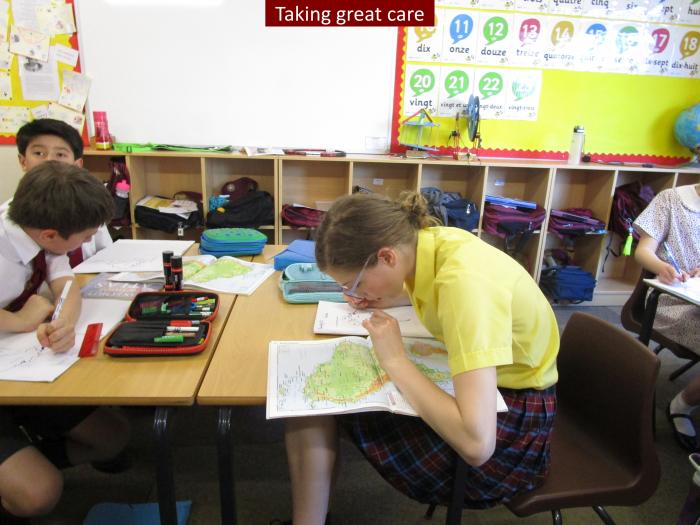
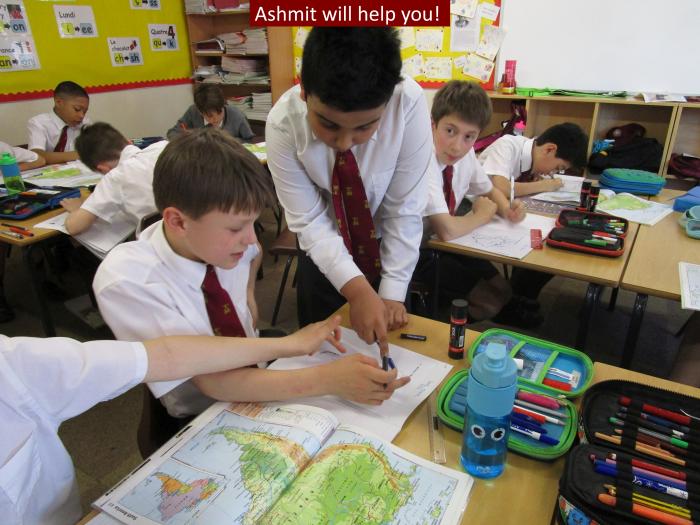
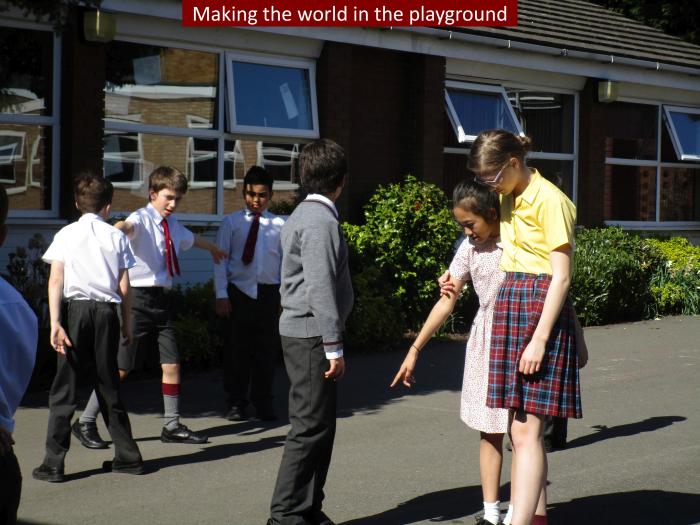
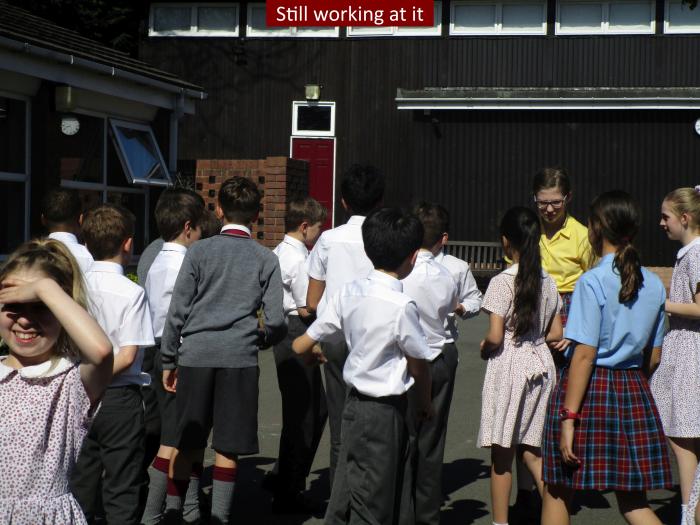
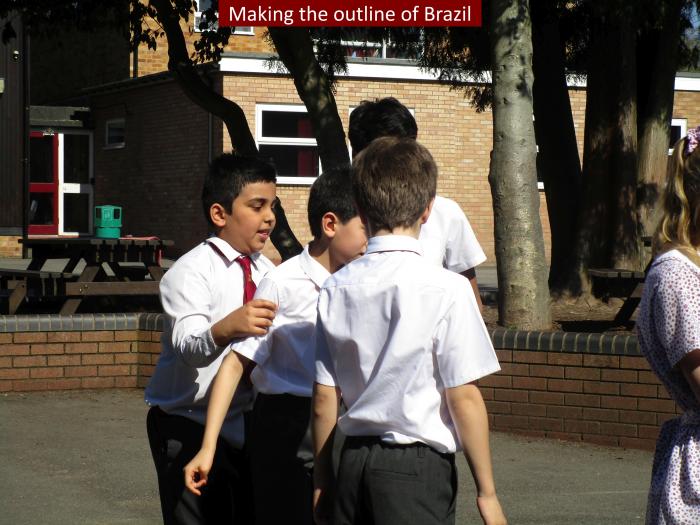
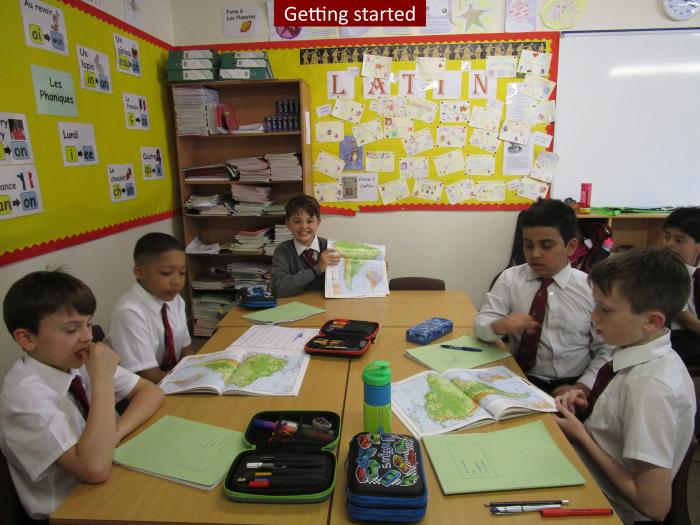
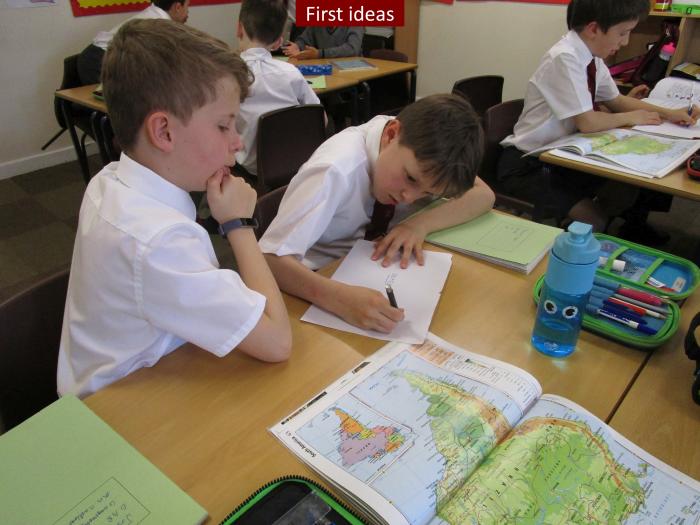
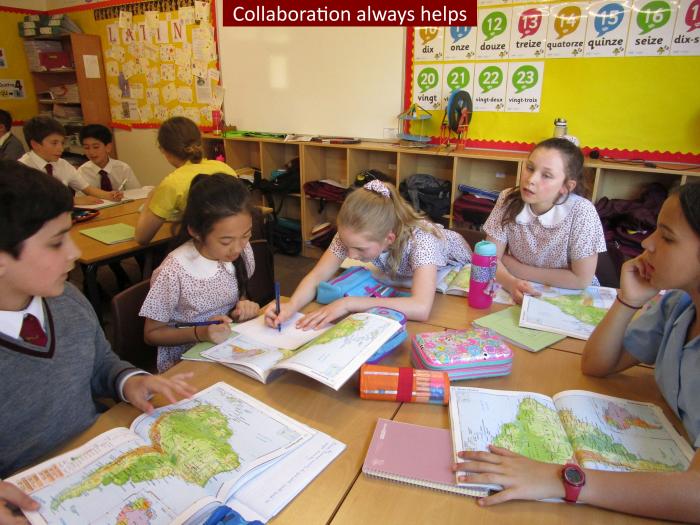
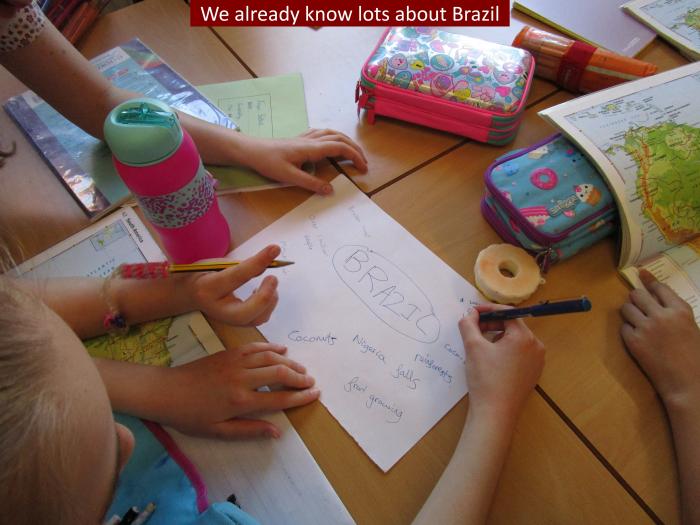
Welcome to Brazil!
The children in Form 6 are jetting off to South America this term for their Geography topic on Brazil. As well as investigating the flora and fauna of the Amazon rainforest, and the threats posed by habitat destruction to this special environment, the pupils will also go on to study the city of Rio de Janeiro and, in particular, the vast chasm that exists between the life experiences of its richest and poorest citizens.
For 6AB, the first task of the lesson was something of a surprise. To get them thinking, Mrs Hastings divided the class into groups of two and posed a question. Is a chimpanzee stronger than an ant? Initially you would think the answer is so obvious it isn’t worth discussing, but no! Within each pair, a passionate discussion ensued. Eamon argued that large numbers of ants can work together to attack a common enemy. “They are stronger together,” he insisted. Meanwhile, Alexander pointed out that ants can carry leaves that are four times their body weight. Joshua’s amazing contention was that ants can chew through concrete. Your blogger was highly sceptical about this, but a quick look at Google has proved that it is in fact perfectly true!
The counter arguments in this lively debate were equally persuasive. Oliver made the logical point that chimpanzees, being much bigger than ants, must therefore be stronger. Leo’s point was that chimpanzees can do more simply because they are so highly intelligent. Although not specific to Brazil, the mini debate proved to be a great lesson starter, enthusing the children and forcing them to think on their feet.
Mrs Hastings’ lesson with 6AB is at 3pm on a Thursday. However, those expecting an afternoon of slumber are in for a disappointment! The debate over, everyone headed outside and, having been assigned a continent, had to form a human map of the world. Despite the fact that the Pacific Ocean ended up somewhat narrower than the English Channel, it was a great effort, and Mrs Hastings pronounced herself satisfied. However, she had one further challenge up her sleeve. She wanted the children to organise themselves into an outline map of Brazil. Impossible, you would think but, with Ashmit around, it proved to be a piece of cake. With just a little manoeuvring of the northern border and the Atlantic coast, the largest country in South America took shape on the playground.
Back in the classroom, it was time for the children to consider what they already know about Brazil. Unsurprisingly, they know a great deal. Mind maps and lists were produced by each table, focusing on language, culture, food and sport, as well as basic geographical facts such as main cities and currency. Interestingly, it emerged that Brazil is the only Portuguese speaking country in South America, a fact that Poppy was able to link to its colonial past.
Moving on from there, it was time to locate Brazil on the map of South America. Mrs Hastings encouraged the children to discuss the relative features and merits of physical and political maps. The political map, of course, would include natural features such as the River Amazon and the Andes Mountains. The political map, on the other hand, would only include features imposed by humans. Opting for the latter, Mrs Hastings asked 6AB to mark at least some of the countries on the map of South America. The map in the atlas is a hybrid of political and physical features, so you have to look quite closely to find the national borders. Ashmit, however, dispensed with the atlas altogether and rendered everyone speechless by completing the entire map from his head. Wow!
As the lesson drew to a close, the children were keen to discover more about Brazil, and they began researching using the iPads, work which they will be continuing at home. All in all, it was an exciting and lively start to the topic, leaving everyone impatient for the next instalment of their South American adventure.